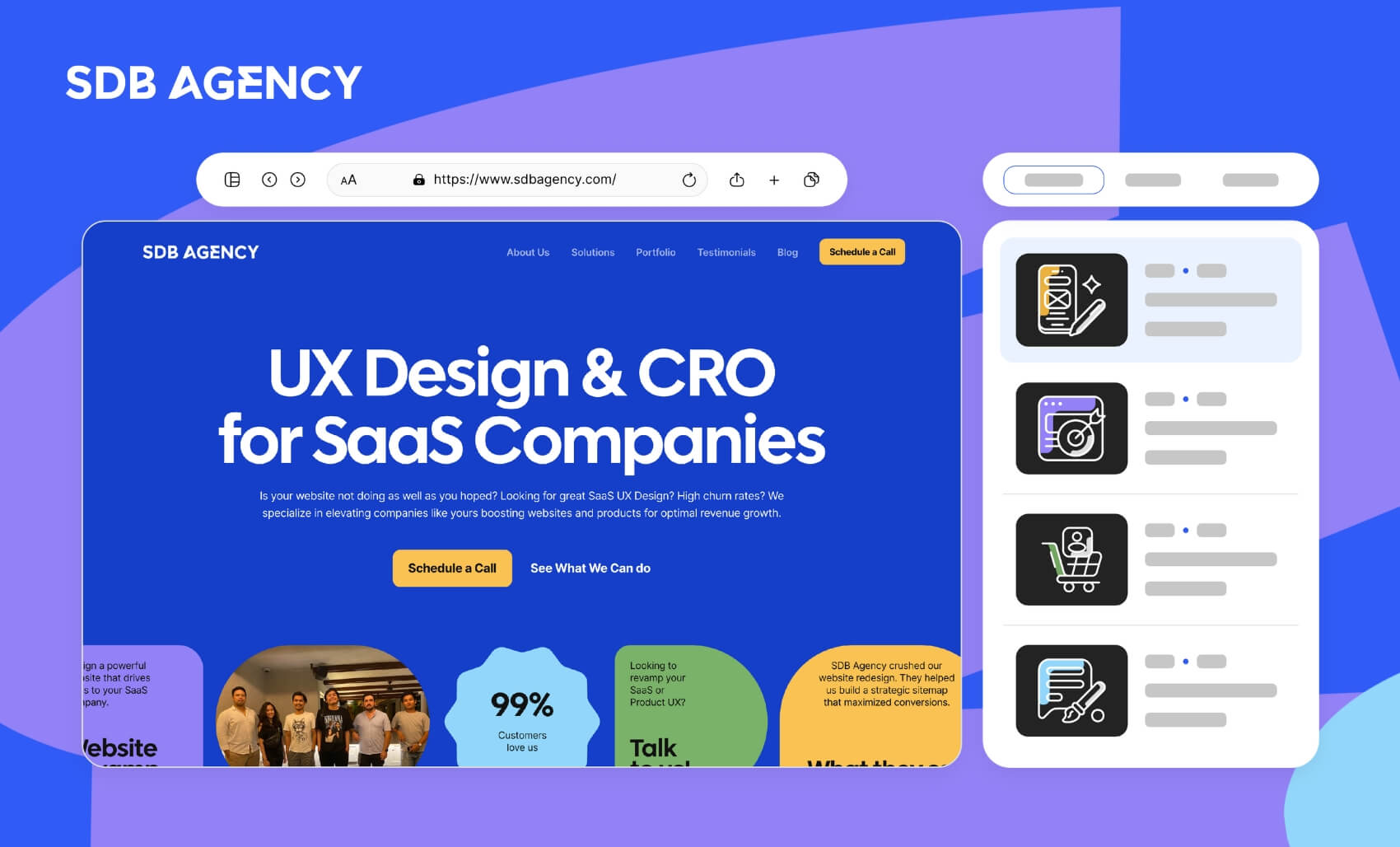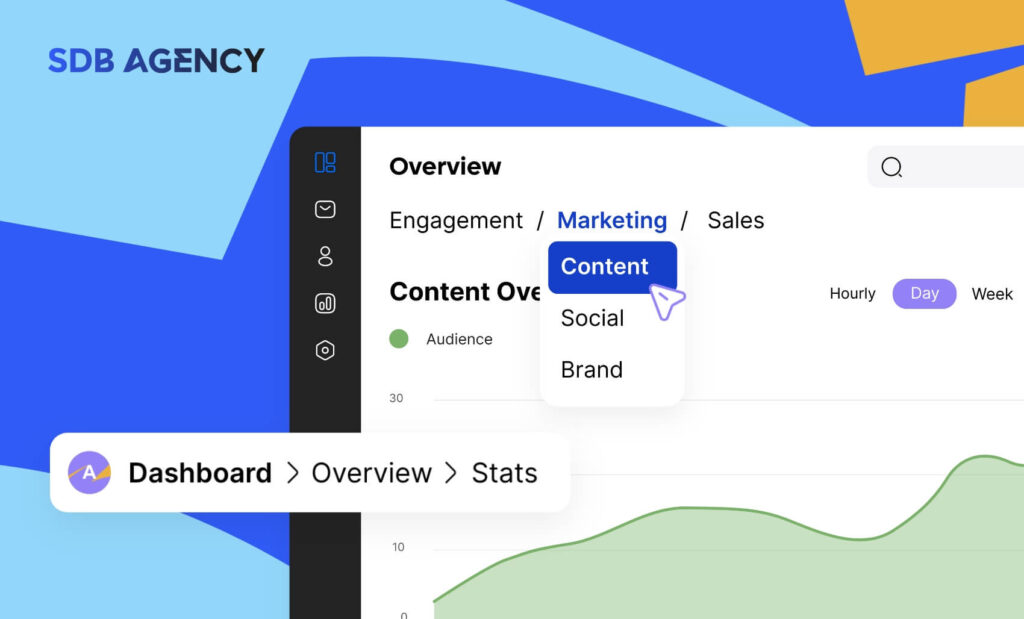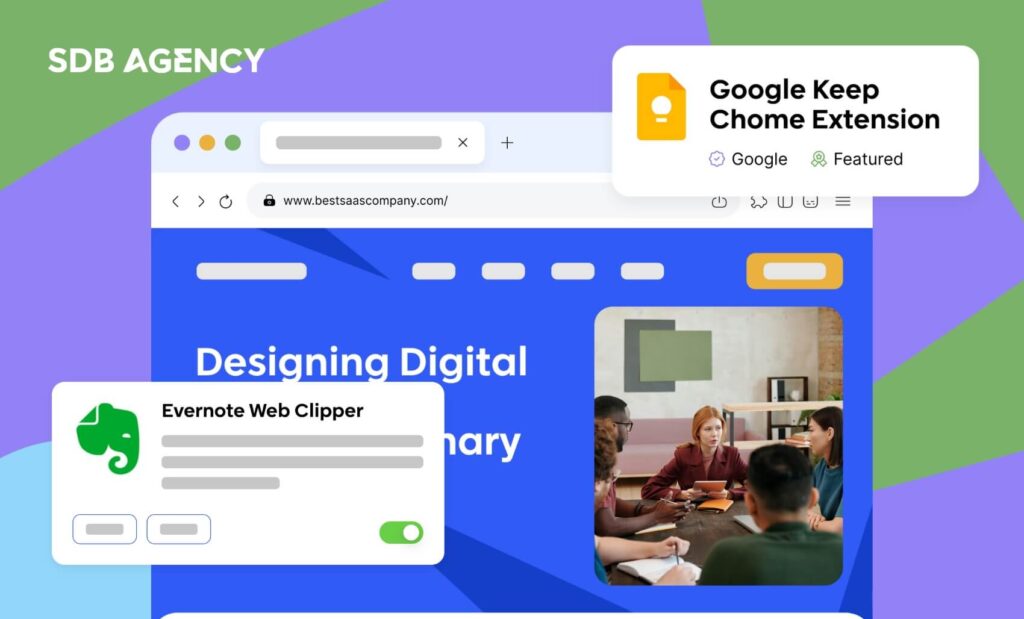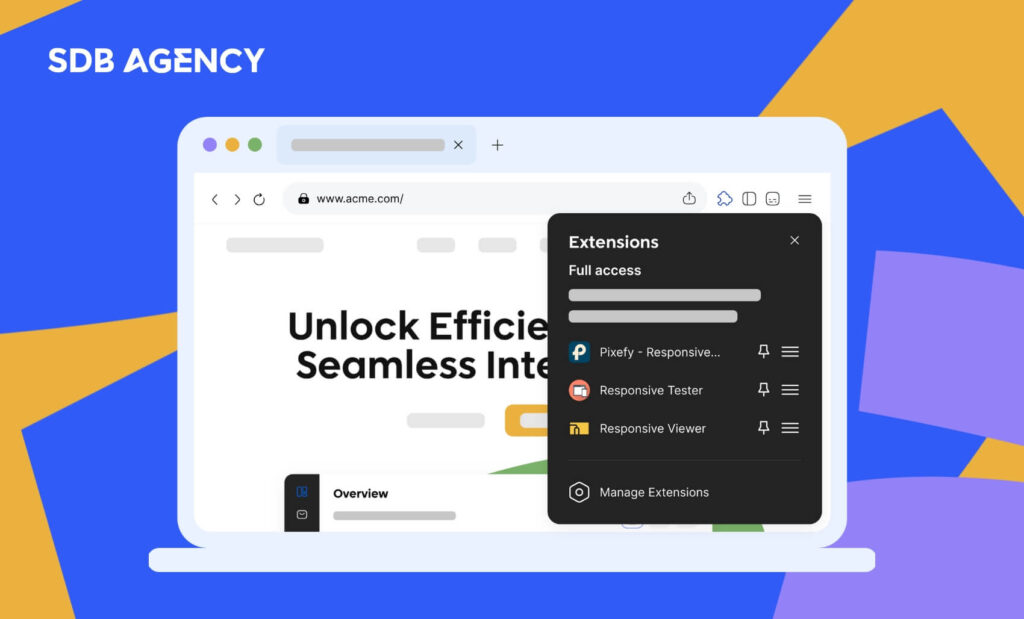Augmented Reality Search: Merging the Physical and Digital Worlds

In today’s fast-paced digital landscape, staying ahead of the competition requires businesses to innovate continuously. Augmented Reality (AR) is one of the most recent technologies that offers massive potential for enhancing user experience and engagement, making it valuable for online businesses.
Integrating AR into your online strategy will help your website’s overall visibility, drive more organic traffic, and help users create more memorable experiences that will keep them returning. In this article, you’ll discover how your business can leverage AR for your online marketing strategies with insights into the latest trends.
Introduction to augmented reality
Augmented reality is a technology that combines physical and digital realms, creating a streamlined experience. The newest devices can use AR to create computer-generated visual assets in the real world and use them to guide, inform, and entertain their users. AR solutions in businesses can offer entrepreneurs real-time updates on product pricing, content, and availability via AR overlays on their smart devices, allowing them to provide better customer experiences and improve daily workflows.
Thanks to innovations in augmented reality, offline and online shops are transforming their data capture and barcode scanning operations. By taking advantage of this new technology, your enterprise can build superior customer experiences and gain a competitive edge. But before you join this new trend, it’s important that you understand how it works and find out if it’s suitable for your industry.
Augmented reality in search
When Google released the augmented reality search a while back, its capabilities were mostly limited to entertainment and educational content. Users can look for any object and view it in AR on their desktop computers or bring out a dinosaur and put it in their living room.
In 2019, the beta version of Google Swirl was released, allowing brands to launch 3D interactive Video and Display ads. Brands like Adidas, Nissan, Purina, and Belvedere took advantage of the technology and saw staggering results. Adidas Latin America experienced 4x the engagement of media ads, and Belvedere drove almost 5x higher purchases than the category norms.
Google continuously developed immersive ad capabilities that expanded into AR-powered campaigns and more product—and service-related search results.
Augmented Reality and SEO
3D and AR aren’t part of Google’s ranking factors, but these tools positively impact the user experience and relevance, which are key factors of Google’s crawlers. In addition, content on a site that promotes virtual try-ons or AR view capabilities can be crawled and considered by Google as the search engine determines which sites will most likely fit a user’s needs. This is especially true as the adoption of AR capabilities is increasing across multiple platforms, and more and more consumers expect an immersive experience.
Users have significantly increased their interest in virtual try-ons in recent years, making the ability to optimize a brand website for 3D and AR-enabled shopping features that lead to higher quality scores and better organic rankings and search results.
Benefits of Artificial Intelligence for businesses
Before we go into the best practices of implementing AR, let’s check out the benefits it will bring to your business:
Enhanced user experience (UX)
Artificial intelligence allows users to interact with your website more immersively. Whether it’s giving users a virtual tour or helping them visualize your product, AR offers a more engaging and unique experience that sets your brand apart from others.
Increased engagement
Interactive content with AR elements will keep users on your site for longer, reducing bounce rate and increasing the chances of conversions. If visitors have a memorable experience using your site, it will encourage repeat visits and build brand loyalty.
Improved SEO
Better user experience and engagement result in better SEO metrics. These include lower bounce rates, higher dwell times, and more social media shares. These metrics signal to search engines that you offer valuable and relevant content, which leads to higher rankings.
Three tips for improving artificial intelligence for SEO
Now that you know how AR has drastically changed the online marketing landscape and both online and offline businesses, it’s time to step up your game and take advantage of this new technology. Here are three tips for leveraging your SEO with AR:
1. Create high-quality images via AR
Augmented reality features aren’t part of Google’s ranking factors, but high-quality images that enhance the user’s experience are. A 3D configurator or AR experience can help create high-resolution images of products that better translate your product’s quality and help users get a more immersive experience. Ensure your images are appropriately sized to prevent slow loading times and maintain optimal page performance.
2. Include AR in the description and Alt Text
Search volume for brands offering virtual try-ons and AR is growing exponentially. A recent study by Fit Small Business shows that 71% of customers will shop more if they can experience AR, and 61% say they prefer to buy from brands that offer 3D and AR-enabled products. You can help your customers discover these tools by integrating them on your product pages, ads, and in the alt text images.
3. Optimize CTAs to enhance AR discovery
Finally, ensure that users who visit your product page know they can view products in AR and how to access this feature. Over 82% of buyers activate 3D experiences on product pages, which leads to increased time spent on the page and increased conversions. These signal better experiences to Google and deliver higher quality scores to your site.
Conclusion
Augmented Reality offers a more engaging way to enhance user experience, significantly boosting your online presence and credibility. Moreover, AR provides an immersive experience that can significantly enhance customer satisfaction and engagement. For instance, AR can enable customers to visualize products in their own environment before purchasing, leading to more informed and confident buying decisions.
This technology can also be used for interactive tutorials or virtual try-ons, making the online shopping experience more dynamic and personalized. Integrating AR into your marketing strategy allows you to create memorable experiences that resonate with your audience, ultimately creating brand loyalty and increasing customer retention. As AR technology advances, businesses that leverage their full potential will stand out in the crowded digital marketplace, establishing themselves as innovative leaders in their industry.




